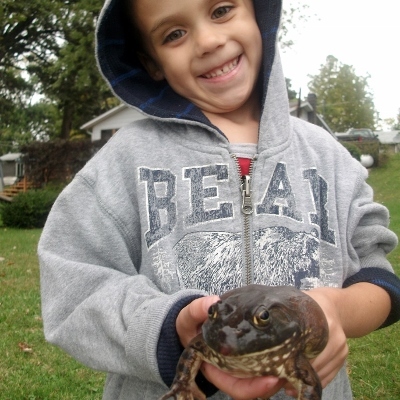Children love dogs and dogs love children. Long walks, playing “catch,” and cuddling are just a few of the fun activities kids and dogs can share. Yet, with spring comes a hazard that parents of elementary age children may forget – dog bites.
The Centers for Disease Control (CDC) states that “among children, the rate of dog bite-related injuries is highest for those ages 5 to 9 years, and children are more likely than adults to receive medical attention for dog bites than adults.” Of those children bitten, statistics show that more boys are bitten than girls.
Another startling fact about dog bites is that most occur in the head and neck area which can cause trauma to the child, as well as scarring. Sadly, children have had portions of ears and lips bitten off in an attack.
Why then, does a dog bite? There are many reasons why a dog may bite your child, but most bites occur because a child has not been taught the right way to act around dogs they do not know. Just like humans, not all dogs are open to meeting someone new.
Since the weather is turning warmer, children will again be playing outside – where the chance of meeting a strange dog rises dramatically. Think about dogs in the neighbor’s yard, strays, and dogs being walked by their owners.
The CDC offers the following ways to help prevent your child from being bitten. It is important to teach then reinforce these tips regularly:
– Do not approach an unfamiliar dog.
– Do not run from a dog or scream.
– Remain motionless (e.g., “be still like a tree”) when approached by an unfamiliar dog.
– If knocked over by a dog, roll into a ball and lie still (e.g., “be still like a log”).
– Do not play with a dog unless supervised by an adult.
– Immediately report stray dogs or dogs displaying unusual behavior to an adult.
– Avoid direct eye contact with a dog.
– Do not disturb a dog that is sleeping, eating, or caring for puppies.
– Do not pet a dog without allowing it to see and sniff you first.
– If bitten, immediately report the bite to an adult.
Research also suggests that children are less likely than adults to correctly read a dog’s body language. Make sure that your child understands that dogs have feelings too, and that they should respect a dog that shows signs of anger or distress.
Sample Body Language of an Aggressive Dog
1. “Hackles” behind the neck and close to the tail are raised.
2. Lips are pulled back and teeth are visible.
3. Tail is bushy.
4. Ears may be fully forward or back, flat against the head.
Most dogs make great friends for children – but it is imperative that young children understand that only dogs they know can be trusted. And even then, if a dog has just given birth, if it is eating, or if it is napping, children should not bother the animal.











